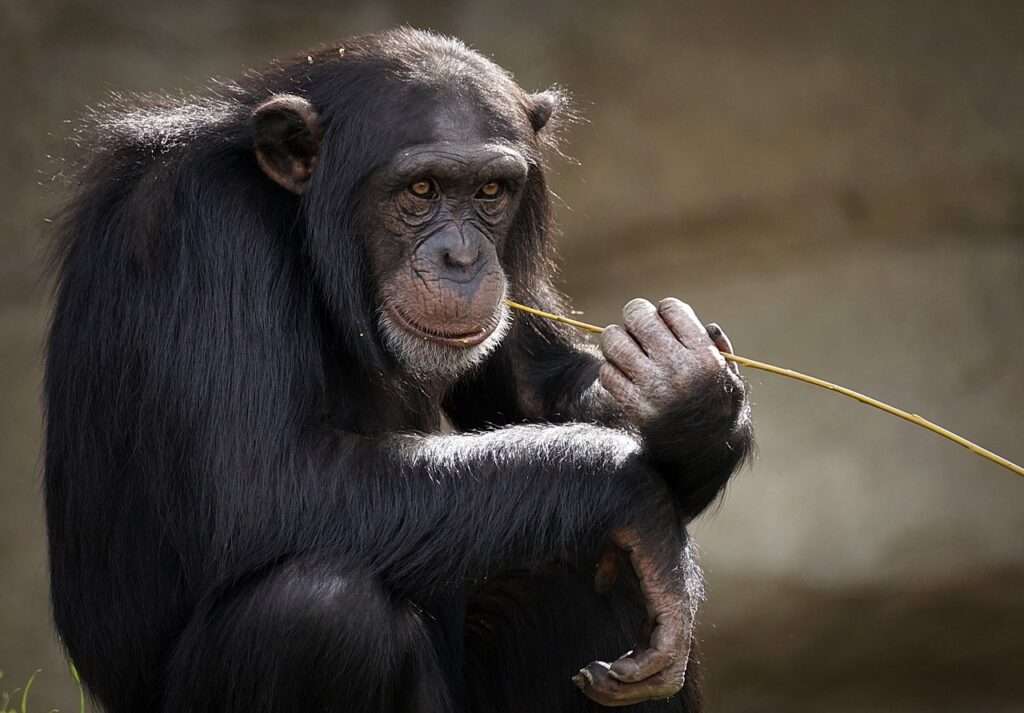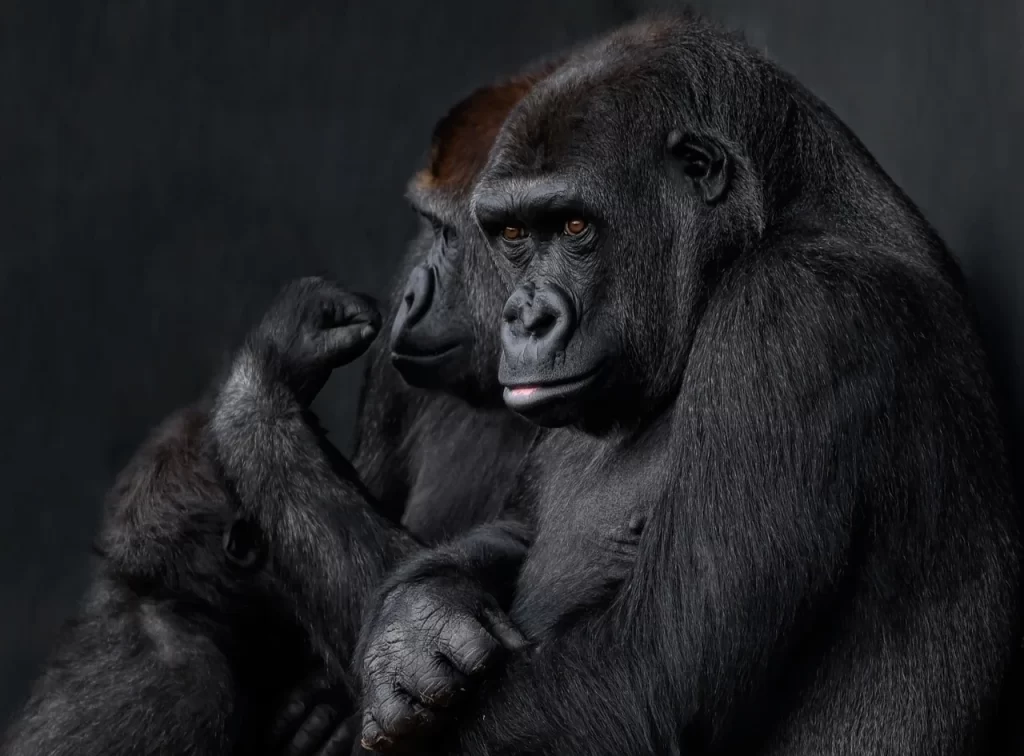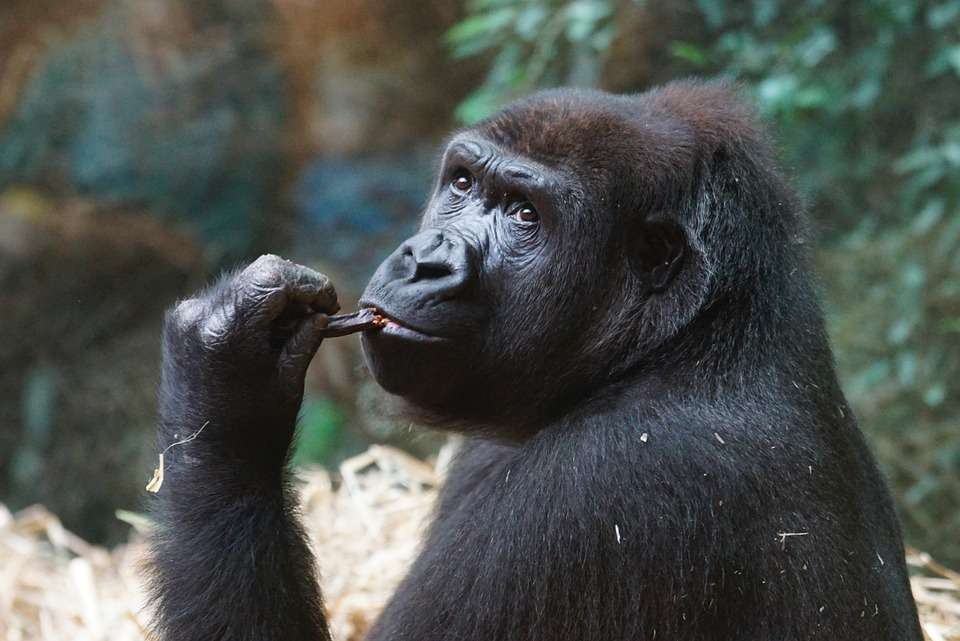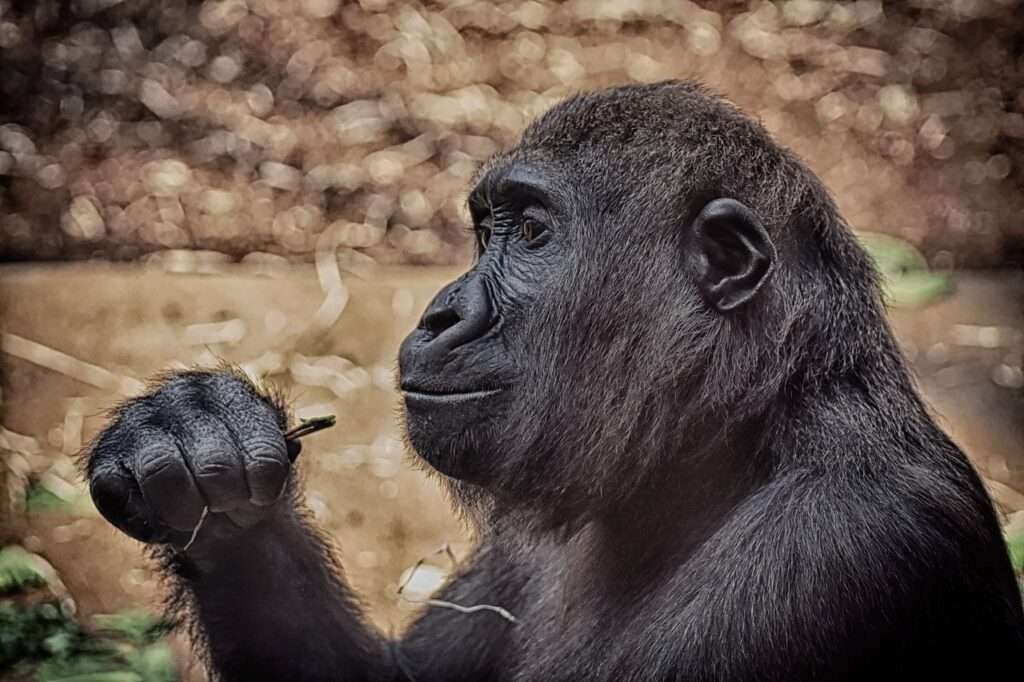KIBALE NATIONAL PARK
- | Kibale National Park
Kibale National Park: The Ecological Jewel of Uganda.
Kibale National Park, boasts a rich tapestry-of biodiversity and as a prime haven for primates. The Ugandan national park, generally, sprawls over an approximately 795-square-kilometer area, which is characterized by lush tropical rainforest, varied wildlife population, and substantial conservation efforts. This long essay argues about the different aspects of Kibale National Park. It covers-history, geography, biodiversity, conservation efforts, and the relationships with both tourism and the local community. Kibale National Park: History,-Geography, Biodiversity, Conservation Efforts, Tourism, and Relationships with the Local Community
Background Information About Kibale National Park
The establishment of Kibale National Park dates back to-1932 as a forest reserve, with the major aim of the establishment being the need to offer protection to the then-threatened forest, which was undergoing deforestation and degradation attributable to expanding agriculture and loger exploitation. In-1993, it attained national park status by the Ugandan government with special consideration taken for the conservation of its unique biodiversity-and promotion of sustainable tourism. This was a very key milestone in the history of the park, further entrenching its protection under national and international conservation laws.
Geographical and Ecological-Significance of Kibale National Park
Biodiversity
Flora
Conservation Efforts


Hence, community engagement must form a core, quite vital aspect of the long-term sustainability of Kibale National Park. As such, revision has worked closely with local communities in forming alternative livelihoods that reduce dependence on forest resources through economic activities and advantages derived from eco-tourism and beekeeping, agro-forestry, hence mounting sensitization for conservation among the natives.
Tourism and Economic Impact

Revenue Sharing The UWA runs a sharing system in which a certain percentage of the tourism revenues is returned to the surrounding communities. In return, this money is used for community development projects,-such as constructing schools, health centers, and ensuring clean water. Directly benefiting from tourism, communities are more likely to support conservation efforts and the protection-of the park’s resources.
Challenges and Future Prospects
Human-Wildlife Conflict: With the growth of human populations and farming, wildlife-local people conflicts increase. Crop raiding issues by primates and elephants are very common and have brought about grown monetary misfortune to the farmers and negative sentiments towards conservation. Among the strategies put forward to mitigate these conflicts include deterrents-such as beehive fencing and the development of alternative-livelihoods.Kibale-National Park
Climate Change: Climate change-is one of the major threats facing the ecosystems of Kibale. Rise in temperature and alteration-in the pattern of precipitation may alter plant growth, water availability, and species distribution. Monitoring and then adapting are precondition steps to reduce the pressures that climate change, through its impacts, places on Kibale and to ensure biodiversity resilience.

Education and Research
Research Facilities: The park has a number of research stations, one of which is the Makerere University Biological Field Station. These facilities provide an excellent base to various researchers who have been studying the ecology, behavior, and conservation of the park. Particularly the long-term studies on subjects like chimpanzees have made great scientific contributions.
Experiential Course Programs: Structured educational programs are provided for students and visitors for the acquirement of knowledge on tropical ecology and conservation. Most of these courses involve experiential learning opportunities through primate tracking, surveys of vegetation, and outreach among communities.
International Collaboration: Kibale National Park derives international collaborations with universities, research institutions, or organizations focused on conservation that help enhance its capabilities in carrying out research and funding. Such partnerships enhance the capabilities of research and financing, promote knowledge exchange, and thus foster collaborative efforts that contribute greatly to global conservation initiatives and development of best practices.
Cultural and Historical Significance:
Kibale National Park is situated in a cultural heritage area. It accommodates a number of ethnic groups, including the Batooro, Bakiga, and Batwa people. These people closely identify themselves with the land and its resources, and their cultural practices and traditions are linked with the natural environment.
Cultural Tourism: Cultural tourism activities around Kibale National Park give the visitor an opportunity to learn about local cultures and traditions. Homestead visits, performing arts, and artworks detail the tremendously varying ways of life for people living near the park. In such activities, communities raise some income and foster preservation for their cultural values.
Traditional Knowledge: Traditional knowledge existing in local communities
RELATED RWANDA SAFARIS
- 4 Days Budget Gorillas
- 8 Days Rwanda Gorillas
- 2 Days Rwanda Gorillas
- 7 Days Rwanda Gorillas
- 5 Days Rwanda Primates
- 6 Days Rwanda Primates
- 1 Day Trekking in Rwanda
- 3 Days Rwanda Gorilla Tour
- 3 Days Gorillas in Rwanda
- 6 Days Best of Rwanda Tour
- 12 Days Rwanda Safari Tour
- 8 Days Best of Rwanda Tour
- 3 Days Visit Rwanda Gorillas
- 6 Days Rwanda Gorilla Safari
- 3 Days Akagera Wildlife Safari
- 7 Days Highlights of Rwanda
- 6 Days Chimps and Nyungwe
- 3 Days Nyungwe and Akagera
- 4 Days Rwanda Primates Safari
- 5 Days Rwanda Gorilla Trekking
- 3 Days Rwanda Special Gorillas
- 7 Days Primates Tour in Rwanda
- 5 Days Golden Monkey Trekking
- 5 Days Rwanda Gorillas & wildlife
- 7 Days Rwanda Gorilla Adventure
- 4 Days Gorilla & Golden Monkeys
- 8 Days Best of Rwanda Highlights
- 4 Days Double Gorillas in Rwanda
- 3 Days Gorillas & Golden Monkeys
- 3 Days Gorilla Trekking in Rwanda
- 3 Days Akagera & Golden Monkey
- 5 Days Rwanda Gorillas and Lake Kivu
- 11 Days Rwanda & Kenya Masai Mara
- 12 Days Rwanda DR Congo & Uganda
RELATED KENYA SAFARIS
- 17 Days Kenya Safari
- 7 Days Kenya Wildlife
- 6 Days Best of Kenya
- 5 Days Amboseli & Tsavo
- 7 Days Kenya Safari Tour
- 7 Days The Best of Kenya
- 4 Days Kenya Comfort Safari
- 4 Days Tsavo East and West
- 5 Days Mara and Lake Nakuru
- 3 Days Amboseli National Park
- 5 Days Amboseli and Tsavo West
- 15 Days Uganda Kenya Tanzaniz
- 3 Days Mara Wildebeest Migration
- 5 Days Amboseli Nakuru & Masai Mara
- 6 Days Amboseli Mara & Lake Nakuru
- 6 Days Amboseli, Mara and Naivasha
TANZANIA SAFARIS
- 7 Days Big 5 Safaris
- 12 Days Tanzania Tour
- 9 Days Tanzania Tour
- 12 Days Tanzania Tours
- 6 Days Tanzania Safari
- 7 Days Tanzania Wildlife
- 3 Days Classic Serengeti
- 6 Days Tanzania Safari
- 6 Days Best Of Tanzania
- 10 Days Tanzania Safaris
- 5 Days Amazing Serengeti
- 10 Days Tanzania Tour Safari
- 8 Days Wildebeest Migration
- 11 days Tanzania Honey Moon
- 10 Days Tanzania Honey Moon
- 4 Days Wildlife Safari in Tanzania
- 4 Days Perfect Safari to Serengeti
- 4 Days Nothern Parks Budget - Tents
LONG UGANDA SAFARIS
- 5 Days Gorilla Trekking
- 17 Days Pearl of Africa
- 17 Days Pearl of Africa
- 9 Days Primates Safari
- 7 Days Uganda Wildlife
- 14 Days Uganda's Best
- 10 Days Most of Uganda
- 24 Days Best Of Uganda
- 19 Days Explore Uganda
- 8 Days Executive Gorillas
- 20 Days Discover Uganda
- 4 Days Gorillas and Wildlife
- 10 Days Wildlife in Uganda
- 8 Days Gorillas and Wildlife
- 13 Days Uganda's Big Five
- 16 Days Pearl of Africa Tour
- 25 Days Gorillas and Wildlife
- 21 Days Uganda's Adventure
- 16 Days primates and culture
- 15 Days Full of Uganda Safari
- 18 Days Primates and Wildlife
- 11 Days Gorilla Trekking Safari
- 15 Days Uganda Rwanda Safari
- 11 Days Wildlife Tour in Uganda
- 8 Days Uganda Safari From Kigali
- 10 Days Gorilla Trekking in Uganda
- 25 Days Gorilla Trekking in Uganda
SHORT UGANDA SAFARIS
- 3 Days Bwindi Gorillas
- 2 Days Bwindi Gorillas
- 5 Days Gorilla Trekking
- 3 Days Gorilla Watching
- 3 Days Gorilla Trekking
- 4 Days Uganda Gorillas
- 4 Days Uganda Gorillas
- 1 Day Jinja Water Rafting
- 8 Days Executive Gorillas
- 6 Days Uganda Primates
- 2 Days Lake Mburo Safari
- 2 Days Bird Watching Tour
- 4 Days Mgahinga Primates
- 4 Days Family Tour Queen
- 4 Days Gorillas and Wildlife
- 3 Days Africa Safari Wildlife
- 4 Days Rwenzori Mountain
- 8 Days Gorillas and Wildlife
- 4 Days Birding in Murchison
- 3 Days Mburo National Park
- 3 Days Kibale National Park
- 3 Days Kidepo National Park
- 2 Days Murchison Falls Park
- 5 Days Murchison and Bwindi
- 5 Days Queen Elisabeth Park
- 4 Days Murchison Falls Park
- 5 Days Kidepo National Park
- 3 Days Murchison Falls Park
- 3 Days Queen Elisabeth Park
- 4 Days Kidepo National Park
- 4 Days Double Gorilla Trekking
- 2 Days Gorillas From Rwanda
- 6 Days Mgahinga Hiking Safari
- 3 Days Uganda Gorilla Tracking
- 6 Days Gorilla Tours in Uganda
- 5 Days Uganda Budget Gorillas
- 4 Days Chimps and Crater Lake
- 3 Days Mgahinga National Park
- 3 Days Queen Elisabeth Budget
- 6 Days Bird Watching in Uganda
- 5 Days Gorillas and Chimpanzee
- 4 Days Gorilla Trekking in Uganda
- 8 Days Uganda Safari From Kigali
- 4 Days Birding in Queen Elisabeth
- 6 Days Primates Safari in Uganda
- 8 Days Uganda Safari From Kigali
- 5 Days Gorilla Tracking in Uganda
